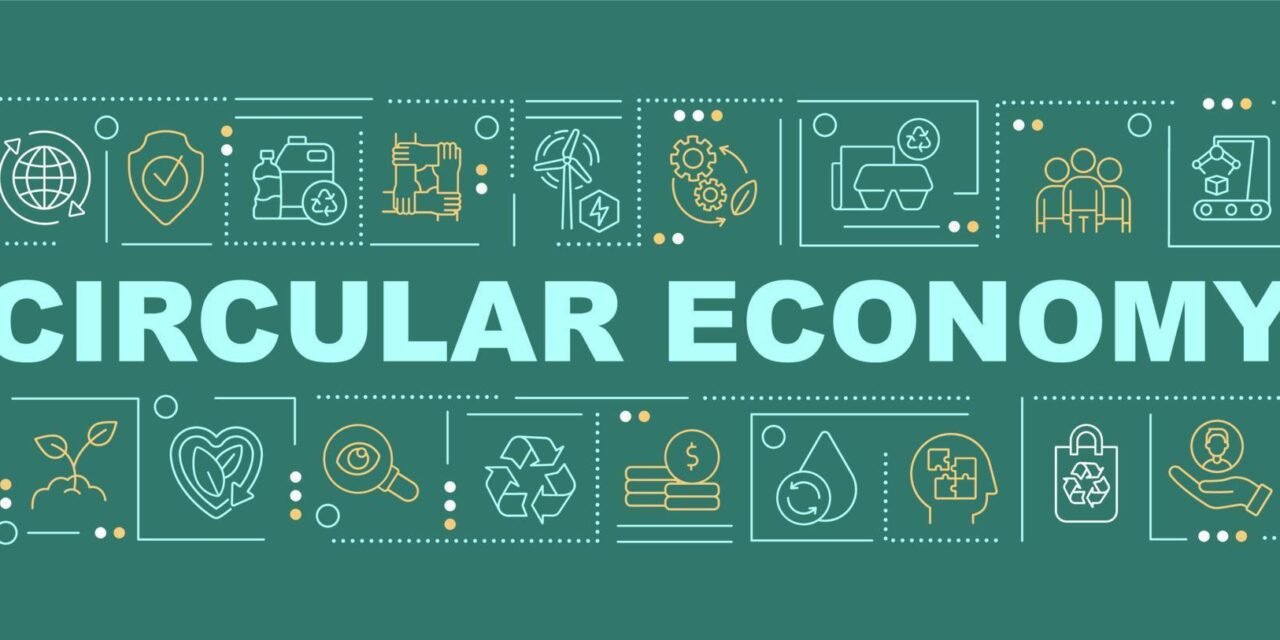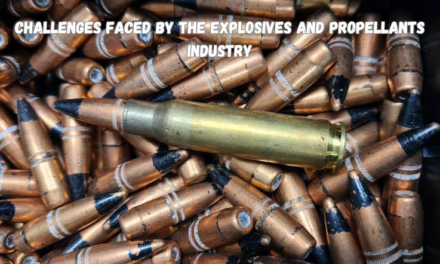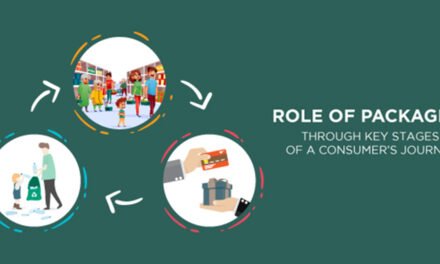Circular economy principles are increasingly being applied to petrochemicals to reduce waste, enhance resource efficiency, and minimize environmental impact. Here’s how these principles are being integrated into the petrochemical industry:
1. Recycling and Reuse
- Mechanical Recycling: Collecting and reprocessing plastic waste into new products.
- Chemical Recycling: Breaking down plastics into their original monomers or feedstocks for reuse in creating new polymers.
- Closed-Loop Systems: Designing products to be easily recyclable and reusing materials in a continuous cycle.
2. Sustainable Design
- Monomaterial Products: Developing products with single-material compositions to simplify recycling.
- Design for Disassembly: Creating components that can be easily separated for recycling or reuse.
3. Alternative Feedstocks
- Renewable Feedstocks: Using bio-based materials like plant oils, agricultural residues, or algae to reduce reliance on fossil fuels.
- Carbon Capture and Utilization (CCU): Capturing CO₂ emissions and converting them into valuable petrochemical feedstocks.
4. Advanced Manufacturing Processes
- Process Intensification: Reducing energy and resource consumption during production.
- Waste-to-Chemicals: Converting non-recyclable waste into petrochemical products like syngas, methanol, or hydrogen.
5. Upcycling
- Transforming low-value waste materials into high-value petrochemical products, such as converting mixed plastic waste into specialty chemicals or fuels.
6. Extending Product Lifecycles
- Durable Materials: Designing longer-lasting products to reduce the need for frequent replacements.
- Refurbishing and Remanufacturing: Reusing components or materials from end-of-life products.
7. Collaboration Across Supply Chains
- Public-Private Partnerships: Engaging with governments, NGOs, and other industries to improve waste collection and recycling infrastructure.
- Shared Responsibility: Implementing Extended Producer Responsibility (EPR) programs where producers take part in managing post-consumer waste.
8. Consumer Awareness
- Educating consumers about proper disposal and recycling practices to ensure better recovery of petrochemical-based products.
9. Digital Tools
- Blockchain for Transparency: Tracking materials throughout their lifecycle to ensure compliance with circular economy principles.
- AI for Optimization: Enhancing recycling and manufacturing efficiency through predictive analytics.
10. Policy and Regulation Compliance
- Aligning with global initiatives and regulations like the EU Green Deal and UN Sustainable Development Goals (SDGs) to adopt circular practices.

















